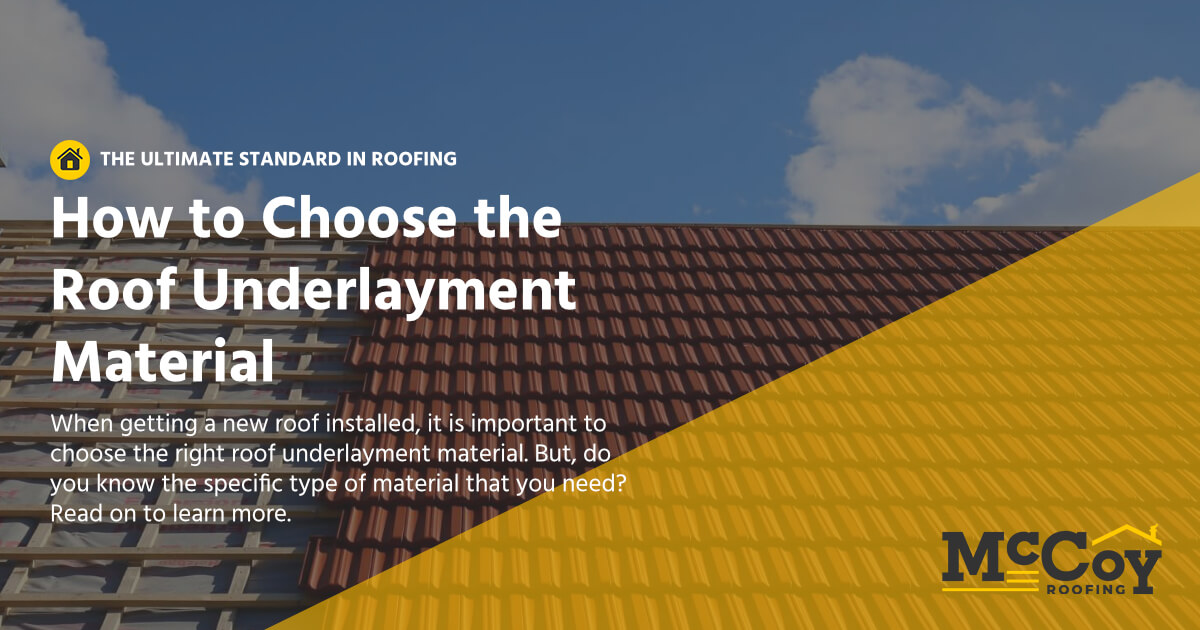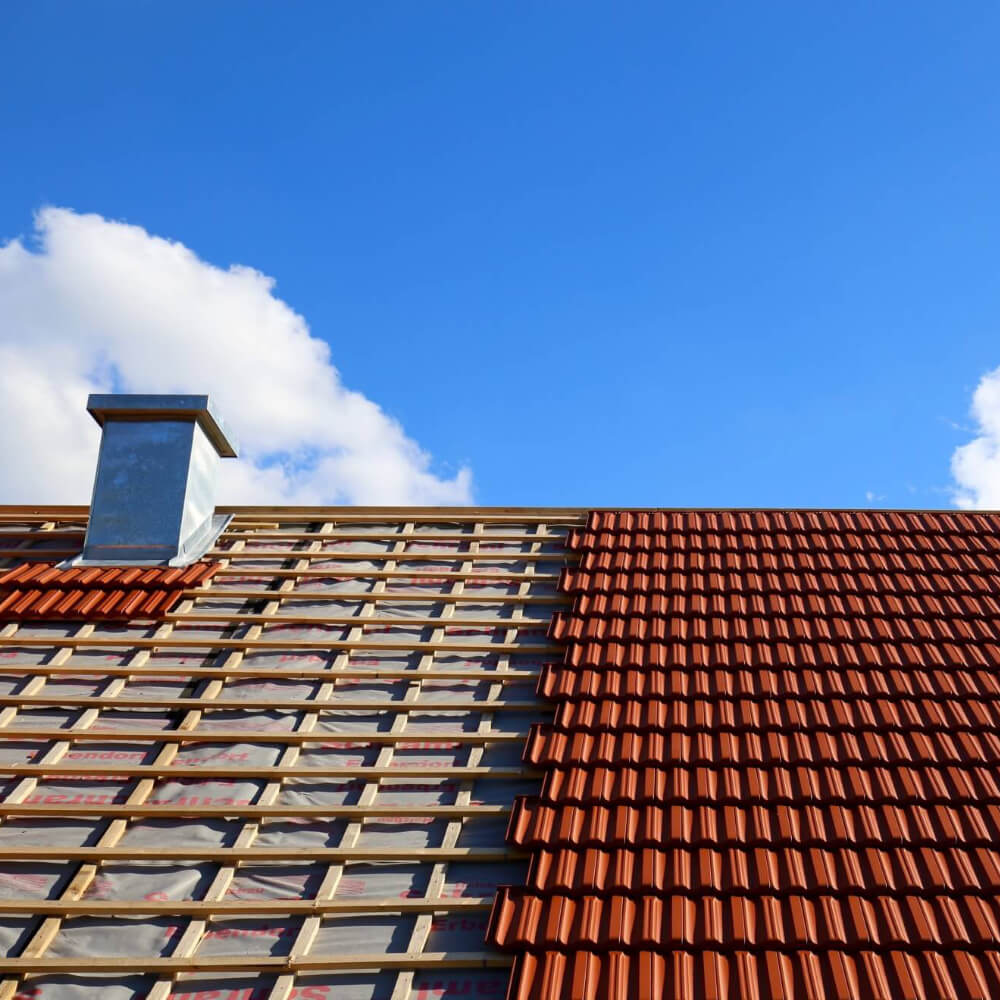

How to Choose the Correct Roof Underlayment Material
When getting a new roof installed, it is important to choose the right roof underlayment material. But, do you know the specific type of material that you need? Read on to learn more.

Have you ever heard of roofing underlayment? Unless you’re a professional or are researching roof replacement, it’s likely you haven’t! But, this product is essential for keeping your home safe and secure.
If you’re picking a roof underlayment material, there are different options you can choose from. Make sure you know which is the right choice for your home before you make any purchases.
Take a look at our guide to roofing underlayment materials to find out more.
What is Roof Underlayment Material?
When constructing your roof, your builders will work in stages. The first layer is the deck, which is what makes up the inner walls of your attic. The top layer is the shingle, and this is the part you can see from outside the house and is the most protective element.
But, between the two, there’s another layer that goes unseen; underlayment. Because you can’t see it, it’s easy to never hear about or know what underlayment is, but it is a vital part of the roof!
The purpose of pitched and flat roof underlayment is to provide another layer of protection beneath the shingle. If the shingle has a leak, the underlayment is designed to prevent it from getting into your house. It’s also semi-breathable, letting air and humidity flow from the deck below.
One of the main purposes of underlayment is to protect the roof deck below. With a watertight seal, it helps keep your roof functioning for years to come. It’s not hard to see why it’s essential!
Now that you know why you need it, let’s take a look at how to choose the right underlayment material for your home.
Felt Underlayment
Felt underlayment is one of the most common and popular choices, particularly for steep-slope roofs. It’s also a good option for a metal roof underlayment material. You can find many different variations of felt underlayment, including organic reinforced, but they all have similar benefits.
One of the reasons a lot of people think felt is the best roofing underlayment material is because it’s incredibly budget-friendly. It’s much cheaper than other options and still effective, making it great if you want to cut back on your spending.
There are some downsides to felt though, which could sway you to pick a more expensive alternative. It’s thicker and heavier than other options, making it much harder to work with. It can also wrinkle over time due to water absorption and is a little less durable than other options.
It also isn’t as good at defending your home from the elements, which means that shingles need to be placed on immediately after it’s been fitted.
However, it will still get the job done. If you can’t afford the more expensive options, felt should work just fine.
Synthetic Sheet Underlayment
A more expensive alternative to felt is synthetic sheet underlayment. This is usually made of plastic polymers, such as polyethylene, and it’s a very durable option.
Synthetic underlayment is far easier to work with than felt as it’s very lightweight. It won’t wrinkle or rot as easily as felt because it’s made of plastic rather than organic materials. If you pay for synthetic, you can expect it to last a while longer than felt.
It’s also more weather-resistant on its own, so you won’t have to rush to get shingles on after it has been installed. It also provides extra-strength protection. If your home is more exposed to Nebraska’s various weather elements, this is a great option.
Self-Adhering Membrane Underlayment
The final option available is a self-adhering membrane underlayment. This is usually made with a layer of adhesive, such as butyl-based adhesive, and a polyethene sheet. The sheet itself has the same benefits as the synthetic sheet, but the adhesive makes it a peel-and-stick solution that’s much easier to fit on your roof.
It can be installed incredibly quickly, so it’s perfect if you’re a little stretched for time. Special care must be taken with the adhesive membrane, as it can become damaged in certain conditions.
For example, hot weather could damage or even melt the membrane. It is not advisable to use this underlayment in the heat of Nebraska’s high summer. This will cause it to become unstuck from your deck and no longer work. The best option to combat this issue is butyl-based adhesive which can withstand higher temperatures than other membranes, giving you peace of mind on hot days.
Which Should You Pick?
There’s isn’t a single answer to which is the best underlayment material; that comes down to you. If you’re on a tight budget or don’t need a long term solution, felt seems to be the obvious choice. But, remember that felt requires immediate placement of shingles.
If your budget isn’t so much of an issue, go for the synthetic sheet. It’ll last longer and do a better job of protecting your roof deck, keeping your house safe and secure. If you’re fitting it yourself or need a quick solution, opt for the self-adhering membrane to get the job done.
Ask the Experts
If you’re still struggling to pick the right roof underlayment material, don’t panic! Our team at McCoy Roofing are experts in creating roofs that fit your home, your budget, and your timeframe. If you have any questions, call us at 402-616-7304 to speak with a member of our team so we can help.
If you’re looking to get a new roof fitted, be sure to take a look at our roofing services.